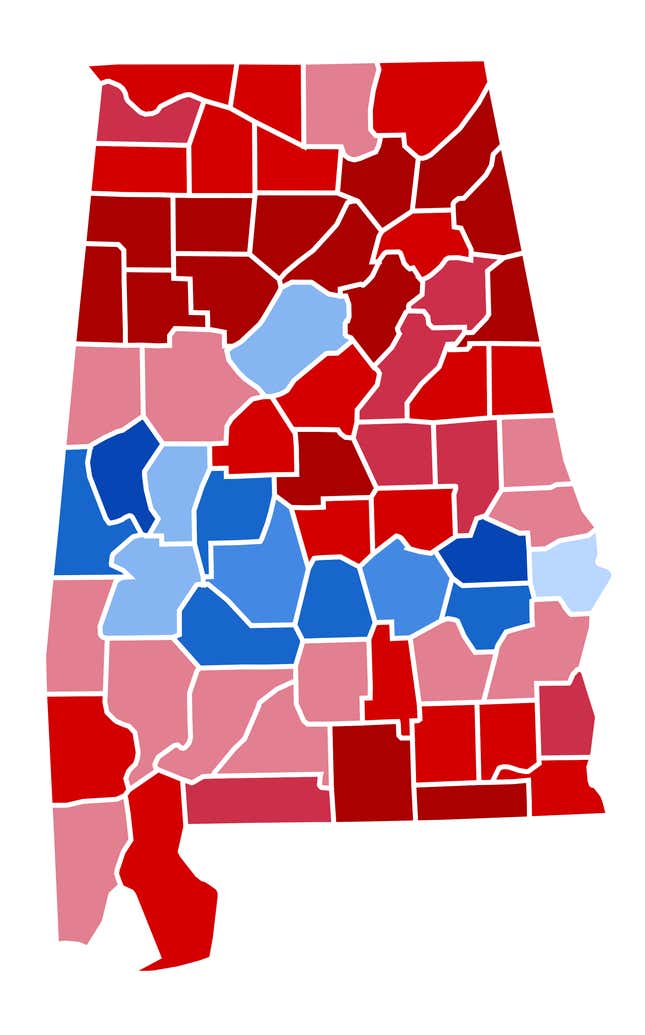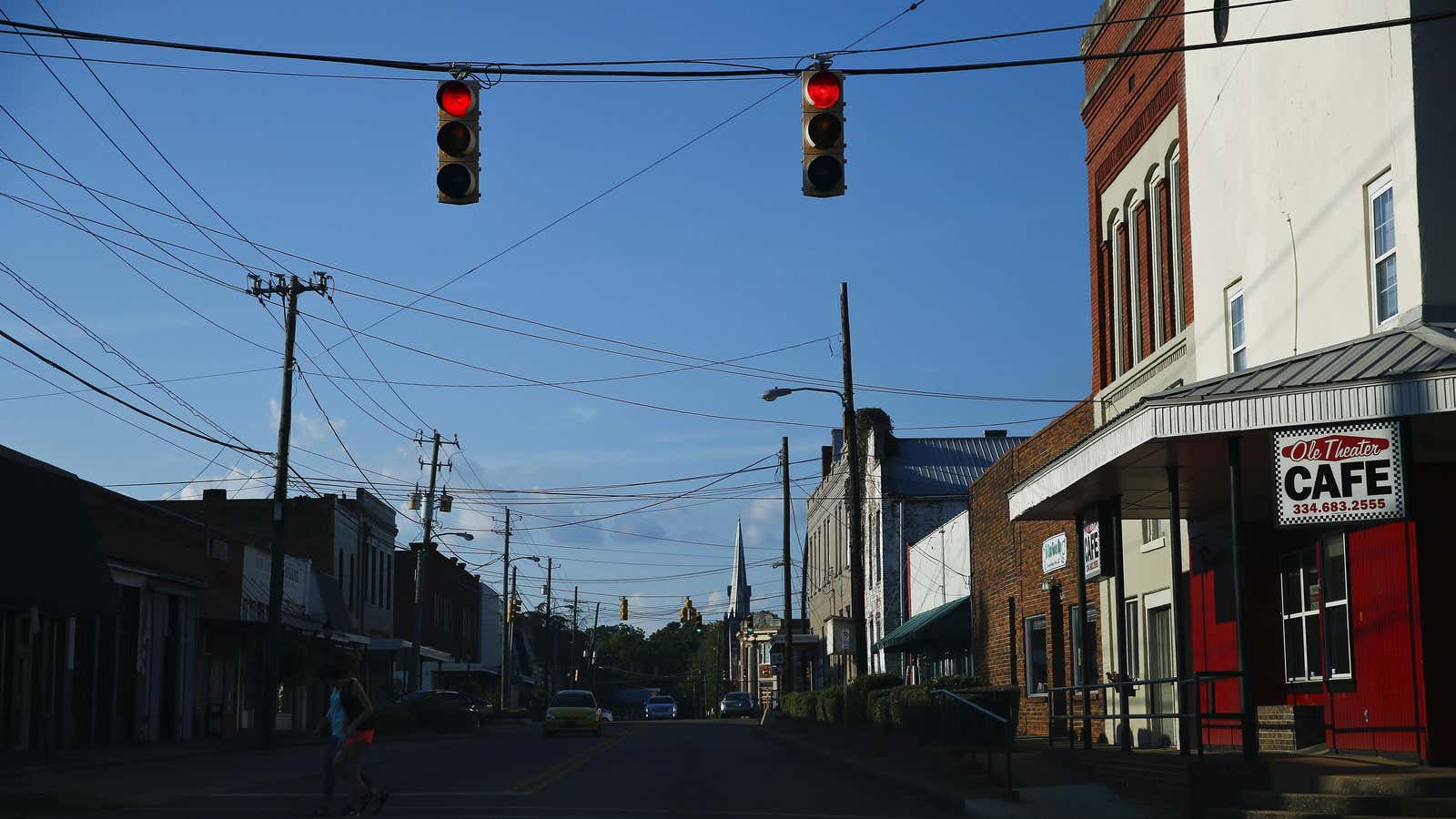For the first time in 25 years, Alabama has elected a Democratic senator. Doug Jones won a heated election, defeating his opponent, Trump-favored Roy Moore. For a sense of just how unusual that is, consider that in the last senate election, Republicans won 97% of the votes, running unopposed.
One key to understanding this unexpected victory may be found in voter turnout: Alabama’s secretary of state projected a low turnout of around 25% of the voting population, but poll watchers are saying that turnout appears to have been far higher.
Perhaps more than anyone else, it’s the black women and men of Alabama who made sure an alleged child molester was not elected senator of their state. In preliminary exit polls, 30% of white voters and 96% of African-Americans said they had supported the Democratic candidate. An even higher percentage of African American women appear to have turned out for Jones.
Black voters typically support the Democratic party, which is popular in Alabama’s middle districts. That vote shows up in electoral maps as a stripe running straight through the GOP stronghold: The black belt.

Contrary to myth, the “black belt” does not refer to the large African-American population living in the area—or at least it didn’t originally.
“Black belt” refers instead to the quality of the soil of the area. Thanks to ancient marine deposits, the soil of that area is rich in nutrients, extremely fertile and, indeed, black. And there is a direct link between the color of the soil and the political leaning, too: Cotton.
As biology professor Allen Gathman shows by overlapping Alabama’s cotton production by county in 1860 (when the production was heaviest in Alabama, Mississippi, and Louisiana) with the 2016 presidential election results, the areas with historically strong cotton cultivation, and therefore a historically large population of black laborers in the second half of 1800s correspond to Democratic votes today.
As Booker T. Washington wrote in the early 1900s:
I have often been asked to define the term ‘Black Belt.’ So far as I can learn, the term was first used to designate a part of the country which was distinguished by the colour of the soil. The part of the country possessing this thick, dark, and naturally rich soil was, of course, the part of the South where the slaves were most profitable, and consequently they were taken there in the largest numbers. Later, and especially since the war, the term seems to be used wholly in a political sense – that is, to designate the counties where the black people outnumber the white.
The black belt also happens to hold the areas of Alabama that are most at risk of voter suppression—which is why when voter turnout is high (suggesting less effective voter suppression) the results favor Democrats. Tonight, they sure did.
